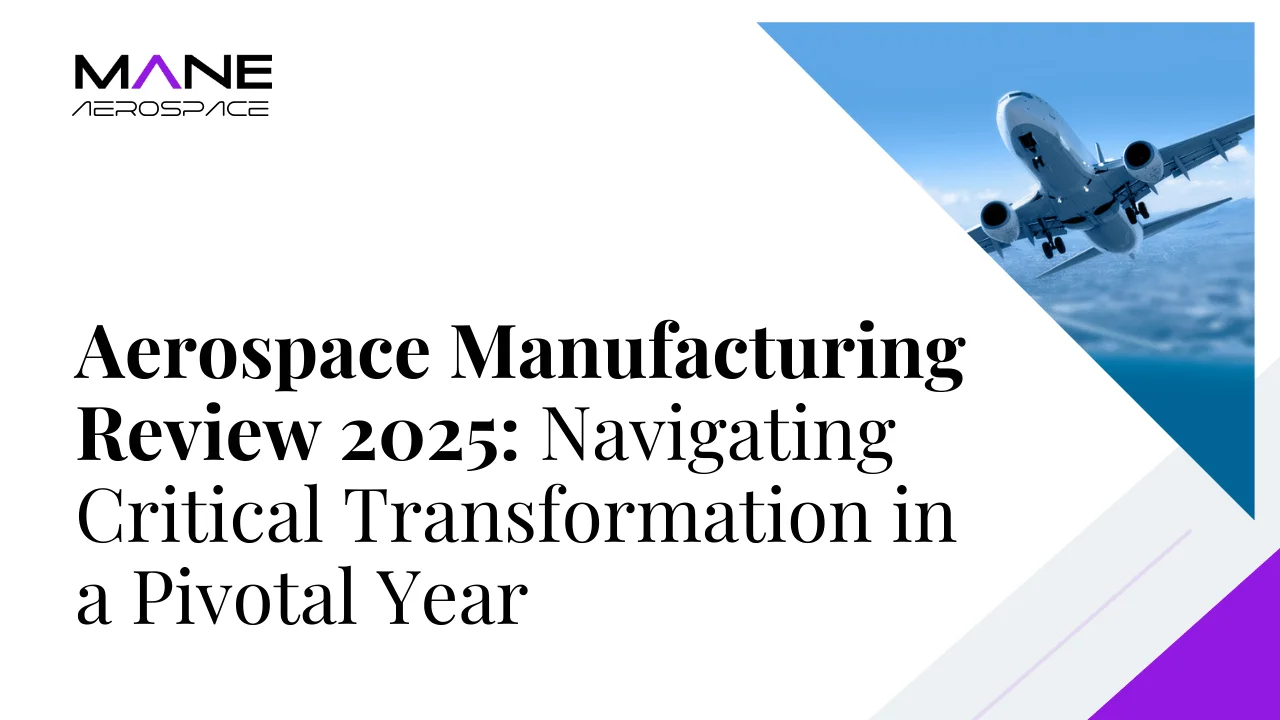The Evolving Landscape of Military Aircraft MRO: Trends and Challenges
24 Oct, 20242minsThe Evolving Landscape of Military Aircraft MRO: Trends and ChallengesIn the high-stakes wor...

The Evolving Landscape of Military Aircraft MRO: Trends and Challenges
In the high-stakes world of military aviation, keeping aircraft in top condition is paramount. The Maintenance, Repair, and Overhaul (MRO) sector for military aircraft is experiencing steady growth, with the global market expected to reach a staggering £37.38 billion by 2029. Let's dive into the key trends and challenges shaping this critical industry.
A Growing Market with Unique Demands
The military aviation MRO market is expanding at a modest but steady rate of 2.81% annually. This growth is driven by several factors:
1. Ageing Fleets: Many military aircraft remain in service for decades, requiring ongoing maintenance and upgrades.
2. Technological Advancements: Modern military aircraft are increasingly complex, necessitating specialised MRO services.
3. Operational Readiness: Militaries worldwide prioritise keeping their fleets combat-ready, driving demand for efficient MRO services.
Key Trends Reshaping the Industry
1. Predictive Maintenance Takes Flight
Artificial Intelligence (AI) and data analytics are revolutionising MRO practices. Predictive maintenance technologies are gaining traction, allowing maintenance crews to address potential issues before they become critical failures.
2. The Rise of Sustainable Practices
As environmental concerns grow, the MRO sector is exploring more sustainable practices. This includes:
• Developing eco-friendly cleaning solutions
• Implementing recycling programmes for aircraft parts
• Exploring ways to reduce energy consumption in MRO facilities
3. Digitisation of MRO Operations
Paper-based systems are giving way to digital solutions. From inventory management to maintenance logging, digital tools are streamlining operations and improving efficiency.
Challenges on the Horizon
Despite the promising growth, the military aircraft MRO sector faces several hurdles:
1. Regulatory Hurdles: Strict regulations and certification requirements can slow the adoption of new technologies and processes.
2. Skills Gap: As aircraft become more complex, there's a growing need for highly skilled technicians, which can be challenging to recruit and retain.
3. Supply Chain Disruptions: Global events, such as the recent pandemic, have highlighted vulnerabilities in the MRO supply chain.
The UK's Position in the Global Market
The United Kingdom, with its rich aerospace heritage, is well-positioned to capitalise on the growing military aircraft MRO market. Home to industry giants like BAE Systems and Rolls-Royce, as well as a network of specialised SMEs, the UK offers a comprehensive ecosystem for military aircraft MRO.
Looking Ahead
As we move towards 2029, the military aircraft MRO sector will likely see continued innovation. From the adoption of augmented reality for maintenance procedures to the use of 3D printing for spare parts, the industry is poised for exciting developments.
For companies in the MRO space, staying ahead of these trends while navigating the challenges will be key to success. As military aircraft continue to evolve, so too must the practices and technologies used to keep them airworthy and battle-ready.
The military aircraft MRO sector may not always grab headlines, but its importance cannot be overstated. As we've seen, it's a dynamic field at the intersection of aerospace engineering, cutting-edge technology, and military strategy. For those in the industry, exciting times lie ahead.



